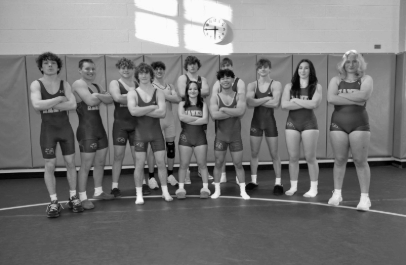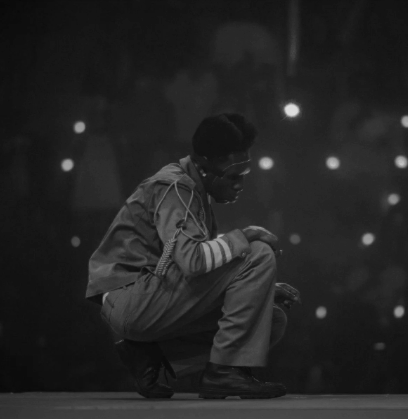Not bored by boards
April 1, 2020
Skateboarding, the sidewalk surfing activity that is mostly teenage boys, is Nathan McCue and Eddie Brittain’s specialty.
McCue has been skating for four years, and Brittain for five. Both stated they skate every day on average for about an hour or more.
Website Skate Review states there are about 16 million skaters in the United states, and more than 20 million internationally (includes the United States). Skating was the most popular in 1963 according to liveabout.com.
California and Hawaii were where skateboarding was born. Surfers liked the idea of “surfing the streets,” says Live About. The first skateboards were made from slabs of wood and roller skate wheels taped onto the bottom.
Skateboards have evolved since this first creation; they are now made of wood and metal attaching the wheels to the bottom of the board. Some have designs on the bottom of the board as well, Made How says, “these are made with digital screening.”
Skateboarding takes time to learn how to do tricks and flips on their skateboards. McCue says the most difficult part is the time it takes to learn a new trick because “you have to keep trying until you land it.” His personal best trick is the fakie bigger flip. Which according to Skateology is where the board spins 540 degrees while the skater’s body only spins 180 degrees.
Brittain says the trick that took him a while to learn was the tre flip. This is like the kickflip but the board spins in two axes. Brittain also says “it’s hard to tell you ‘best trick’ because some are harder for others to do.”
Skateboarding does come with a serious risk of injury, states Orthoinfo. There are approximately 70,000 injuries every year, usually that require a visit to the emergency room. Concussions are a common injury from falling off the board and hitting the ground. Wrist injuries are just as common because people will extend their arm to break their fall. McCue broke his ankle when he was 14.
















